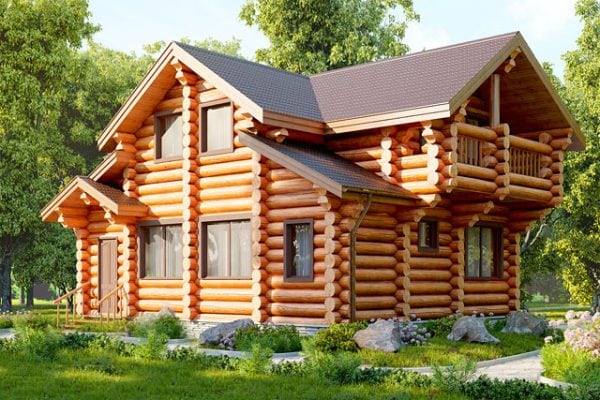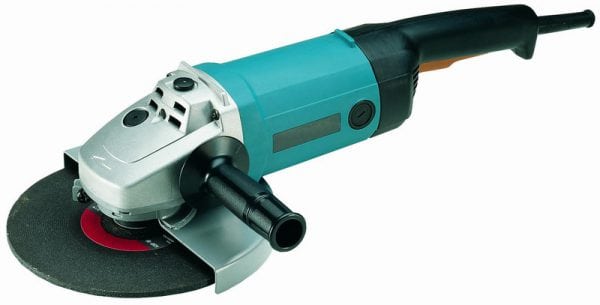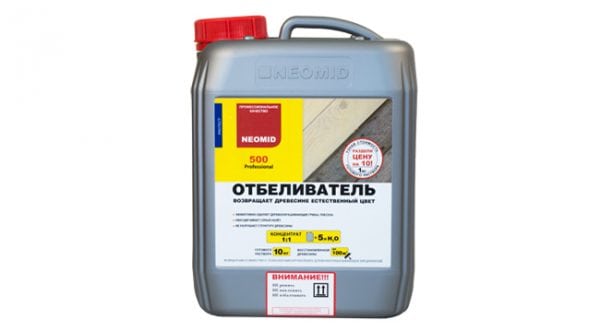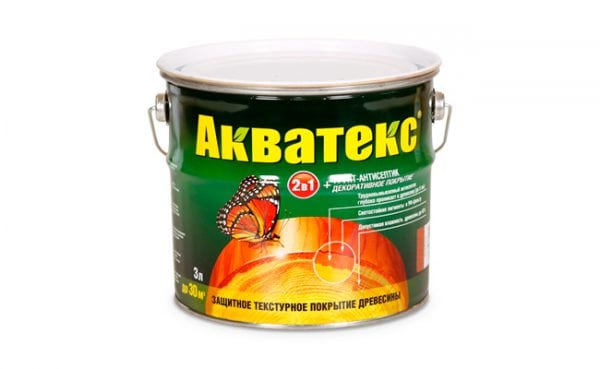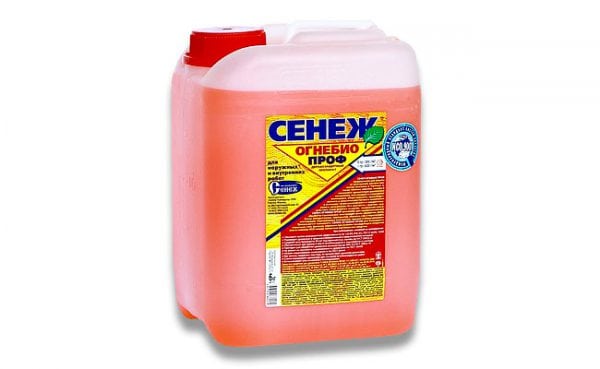Log houses and bathhouses are very popular, which is quite natural, because a wooden house is considered more environmentally friendly than a brick or stone one. A log house is made, as a rule, from a rounded bar. In winter, the walls of such a house are warm, and in the summer they keep the desired coolness. In order for the log house to serve for a long time, it needs processing, grinding and high-quality impregnation. But how to handle the log house, how and when to do it? Is it possible to do without this?
- Why handle logs
- Pre-grinding
- Bleaching agents
- Antiseptic treatment
- Flame retardant treatment
- Stages and methods of applying the compositions
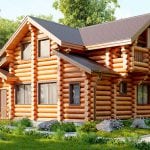
Why handle logs
Wood is a living material, it is susceptible to fungal infections, mold, in addition, the wood may delaminate, dry out, or vice versa, swell. To avoid the troubles associated with the properties of wood, it is necessary to carry out processing.
The processing of the external and internal surfaces of the logs differs from each other, since the outside of the log wall is subject to temperature extremes, direct sunlight, precipitation, as well as damage from natural pests. In order to protect the house from the invasion of parasites and from climatic conditions, it is necessary to treat the log house with an antiseptic that will protect the house from chemical and biological effects.
Inside the walls of the house are not exposed to aggressive environmental influences, which can not be said about the baths made of wood. In addition to the indicated environmental impact on the walls of the wooden log house, elevated temperatures and humidity influence the walls inside the bathhouse. Because of this, the need for additional protection of the walls of the bath from the inside is so important.
Not the last place is the appearance of the house. Therefore, the processing is not only functional, but also aesthetic in nature, since almost all means of impregnation for a log house have decorative properties.
The processing of the log house takes place in several stages with various compositions, among which:
- antiseptic;
- fire retardant;
- whitening.
to contents ↑
Pre-grinding
Before treating the log house with impregnation, its grinding is required, which solves a number of issues:
- eliminates roughness;
- disguises cracks;
- removes bark;
- makes a better appearance.
In addition, grinding prepares the logs for impregnation with other substances after this work.Grinding is carried out when the upper surface of the timber dries well. If you try to grind raw wood, this will lead to delamination of the wood fibers.
Grinding is carried out in several ways:
- First, a grinder and an abrasive disc are used.
- Then a grinder and nozzles with different degrees of granularity are used.
- After the final grinding is carried out with a fine-grained nozzle.
Sawdust left after grinding is removed or used for garden work. After grinding the rounded beam, it is already possible to directly impregnate the log house.
to contents ↑Bleaching agents
To protect the surface of the rounded beam from damage by a fungus that causes the wood to turn blue, the log house is additionally treated with bleaching substances:
- Sagus
- The Saga
- "Neomid 500";
- "League" - a new drug, notable for the fact that it is able to reanimate an old tree, relieves the loghouse of blackness, blue, restoring its former appearance.
First, the log house is treated with a bleaching agent, and then an antiseptic.
to contents ↑Antiseptic treatment
Antiseptic impregnation is used to increase the service life of wooden structures and is carried out both inside and outside the premises of the house and bath. Antiseptics inhibit the development and reproduction of bacteria inside the walls. The initial impregnation with an antiseptic is made by the manufacturer of the rounded bar, after which the tree is aged for at least six months - a year for complete drying and only after that it is delivered to the object.
For the treatment of internal and external surfaces, easily and difficultly washed away antiseptic compositions are used. Easily washed quickly dry and have less resistance to moisture, they are applied to internal surfaces. Difficult to wash out dry very slowly, but are quite resistant to leaching by precipitation, recommended for external processing of logs.
Antiseptic drugs used for the outer surfaces of the timber:
- "Neomid 440" (protects the timber from bacteria, fungal diseases and viruses for up to 15 years);
- “Aquatex” (in addition to the basic protective functions, it gives the timber the appearance of valuable wood species, and also protects the walls of the bathhouse from rotting, water, and sun rays);
- Prosept Ultra
- League-Bioshield.
Antiseptics for impregnation of a log house inside:
- "Neomid 430";
- Prosept Interior.
The antiseptic is made using synthetic and natural oils that are able to penetrate the wood fibers, after which they form a stable compound. Antiseptic coating is carried out in several stages. Each subsequent layer can be applied only after the previous one has completely dried. Processing is not allowed until the rounded bar is dry, as well as in wet weather.
to contents ↑Flame retardant treatment
Since wood is flammable, first of all, you need to think about fire protection. Fire-retardant agents must be used to process the timber in any case.
For fire impregnation, the following agents are used:
- "Neomid 530" - in addition to fire-fighting properties, has protection against biological damage, as well as decorative properties.
- "Senezh Ognebio" - provides protection against decay, fire, insect pests.
- "Fenilaks" - protects from fire and internal damage, penetrating into the depths of wood.
- "KSD" - this tool, in addition to flame retardant properties, is an antiseptic.
- "Pyrilax SS-20" - used to process the walls of the bath inside.
- “Pirilax 3000” - baths are processed with this tool from the outside.
Fire protection manifests itself when an open flame or high temperatures act on a rounded beam. After a fire, a foam layer appears on the treated walls of the log house, which stops the access of oxygen to the surface and prevents the fire from spreading.
to contents ↑Stages and methods of applying the compositions
So, the processing and impregnation of the log house is carried out in several layers. Logs must first be covered:
- bleaching agent to prevent premature aging of wood;
- antiseptic - the first layer is applied by the manufacturer;
- refractory layer.
Separately, it is worthwhile to allocate a means than to process the ends of the logs of a log house. The fact is that the end part of the log is stronger than the side, absorbs moisture. To prevent moisture from absorbing wood, it is necessary to cover the logs with a water-repellent layer.
The ends of the logs need to be covered at least 5 times, paying special attention to the logs of the lower tier, while the side part will have enough coverage in 2 layers. It is advisable to carry out the processing of the lower tier additionally by all means, since at the bottom the log house is exposed not only to climatic effects, but also to the influence of dampness from the ground.
Methods of applying layers:
- You can cover the surface with a roller or brush, this method is suitable for thick mixtures.
- By means of a spray (spray) - for aqueous solutions.
- The surface can be covered by immersion, so the beam is evenly coated on all sides.
Saving on processing a wooden log house is not worth it so that you do not have to bear the additional costs of eliminating all kinds of problems.

